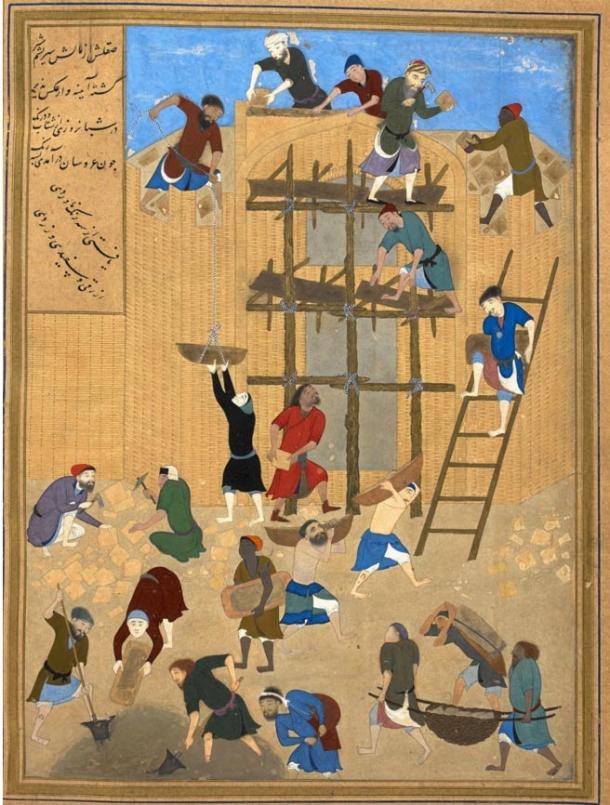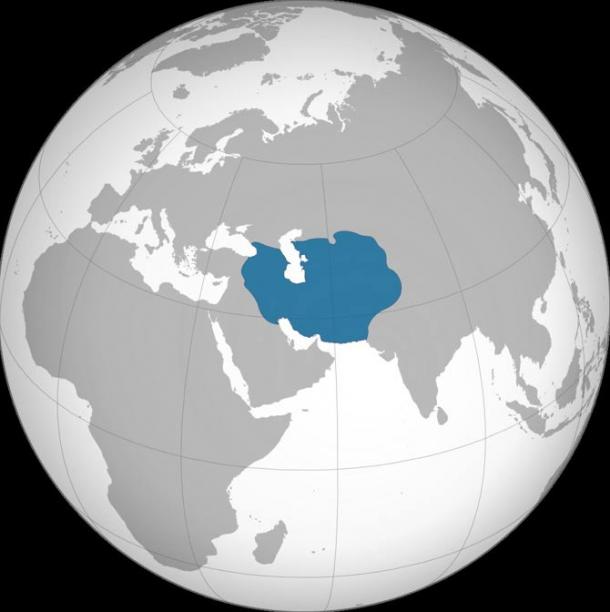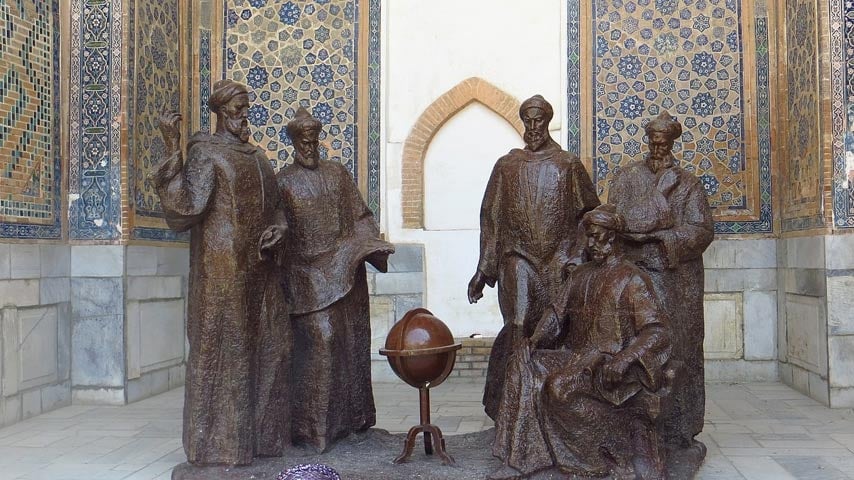Timurid Empire’s Arts and Culture Influenced Much of the Known World
When people think of the Mongol warriors of the Middle Ages, they might imagine wild, bloodthirsty savages marauding across Eurasia dealing slaughter from horseback with arrows, spears, battle axes, maces and swords. Such is true, but there was one Mongol state, the Timurid empire of the 14 th and 15 th centuries that was known for its arts and oversaw what is known as the Timurid Renaissance.
And while the warriors of the Timurid Empire were marauders, they also patronized and influenced subsequent culture and arts in the large territory they controlled and beyond. Timurid territory stretched across Persia (now called Iran), and much of central and western Asia. The Timurid Empire was large, but even so was just a fraction of the land controlled by Genghis Khan.
The last nomadic Mongol conqueror
The first khan of the Timurid period was Timur or Temur, one of the last nomadic Mongol conquerors to rule. Timur was of Mongol-Turkic descent. The term “Timurid Empire” is derived from his name. He took over part of the empire established by Genghis Khan and his descendants. Timur, also known as Timur Lang or Tamerlane, lived from 1336 to 1405.
He ruled and reshaped the politics and culture over his empire from the Caucasus to northern India. Timur emulated Genghis Khan but did not rule so vast a territory. And he claimed descent from Genghis Khan, but that claim was a false.
Timur got his European name Tamurlane or Timur the Lame from when he was in a battle in which his leg was injured.
Timur was born in 1336. He served the Jagataid khan Tughluq Timur well and rose to prominence. By age 34 he had conquered Transoxiana. By age 48 he had conquered Iran, Mesopotamia, Georgia and Armenia. He took on the Golden Horde in 1389-1395 and weakened it. The Golden Horde was founded by Batu Khan, Genghis Khan’s grandson and ruled a vast territory from South Asia to Europe.
A slaughter in Delhi
Tamerlane invaded India in 1398, captured Delhi and slaughtered residents of the city. He went on in 1401 to take Syria from the Mamelukes. The next year he subjugated the Ottoman Sultan Bayazid I.

A painting of the mid-1490s by a great artist of the Timurid Renaissance, Kamal-ud-din Bihzad, showing the construction of the fort of Kharnaq (Public Domain)
That was his last conquest. Tamur Lang, as he was known to his people, died on February 18, 1405, in Kazakhstan, while leading a campaign against China.
Timurid empire power struggles
Timur’s descendants struggled with internecine power moves that fragmented the empire. Even so, the Timurid Renaissance’s cultural and artistic patronage made their court one of the most sophisticated in pre-Modern Eurasia.
Timurid empire rule was limited to the western part of the greater, overall Mongol empire. The empire lasted just about 150 years, but its influence in India especially continued longer.
The Timurid period: the most brilliant art
Scholars laud the Timurids’ arts as among the most brilliant in Islamic history. Timurid culture, arts and politics influenced the states that came after it. It had a deep influence on the Ottomans in Anatolia, Iran’s Safavids and the Mughals in northern Indian. In India the great-great-great grandson of Timur, Zahir al‐Din Muhammad Babur, established a Timurid dynasty.
Although he was notorious for his cruelty in war and for the many atrocities committed by his armies, Tamerlane was also a lover of scholarship and the arts. His dynasty, the Timurids, which ruled Transoxiana and Iran until the early 16th century, was noted for its patronage of Turkish and Persian literature. One of his descendants, Babur, founded the Mughal dynasty of India in 1526.
- The Ilkhanate Had Only Two Goals: Conquest and Power
- Jebe: Genghis Khan’s Would-be Assassin Becomes His Sharpshooting General
- Search to Find Tomb of Genghis Khan Picks up Pace

Timurid Empire map around the year 1400 (Ali Zifan/ CC BY-SA 4.0)
The Timurid family tree includes Timur’s great-great grandson, Husayn Bayqara, who was one of the Timurids’ great patrons of the arts. He supported the Persian painter Bizhad, the Sufi poet Jami and the polymath Alisher Nava-i, another patron of the arts and an important statesman.
These Timurid emperors were not descendants of Genghis Khan. Tamerlane falsely portrayed himself as a descendant of the great khan to lend authority, glory and credence to his rule. He claimed to be re-establishing the Great Khanate, but as mentioned he ruled just a fraction of the territory that Genghis Khan conquered and controlled.
The end of the Timurid Empire in the 16 th century was the end of the Mongol conquest of Eurasia. Subsequent, fragmented Timurid states were known as the Timurid emirates.
Top image: Timurid Emperor Ulugh Beg, an astronomer and khan, seen here with scholars in this statue. Source: Soham Banerjee CC BY 2.0
By Mark Miller
References
eHistory: Ohio State University, Tamerlane, available here: https://ehistory.osu.edu/biographies/tamerlane.
N. Killic-Schubel, Timurid Empire, abstract of Encyclopedia of Empire, available here: https://onlinelibrary.wiley.com/doi/pdf/10.1002/9781118455074.wbeoe401.
Waugh, D.C., A Timurid Chronology, available here: https://faculty.washington.edu/dwaugh/hist225/225chron/timurchr1.html.


















Comments
The whole world was bloodthirsty in this era
Mary Madeline